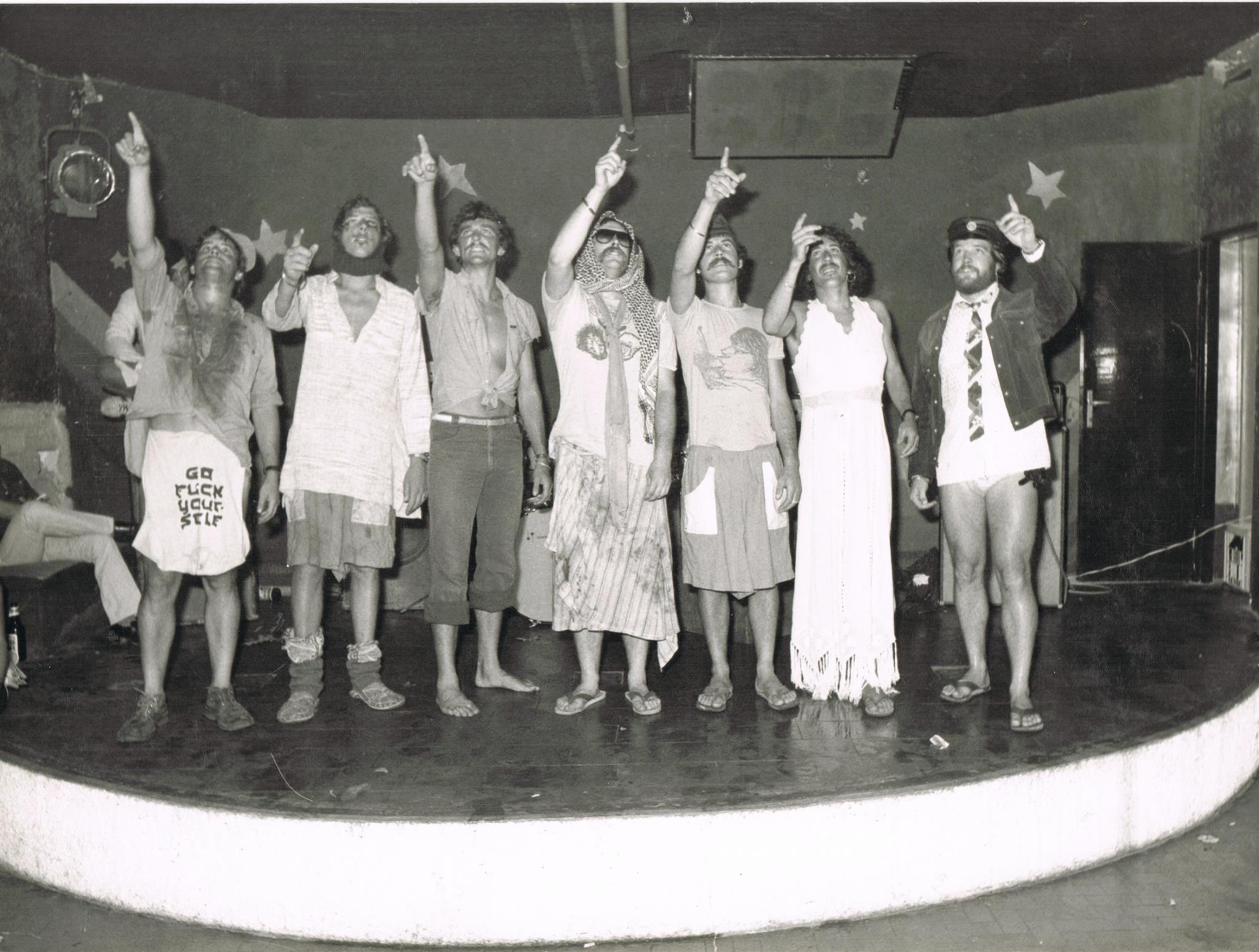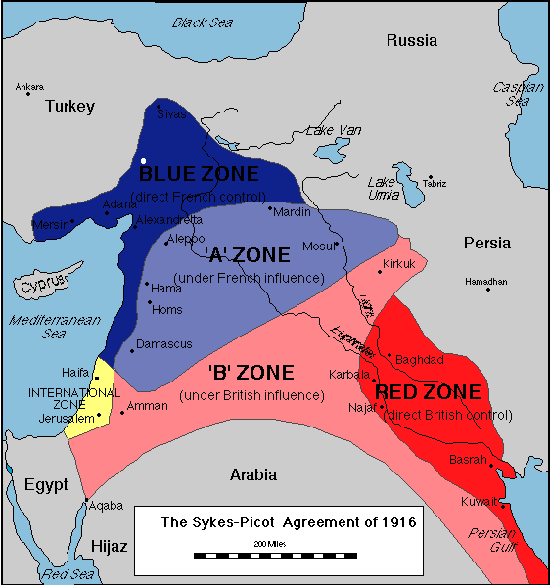
AsianOverland.net
Tour Guide - Itinerary
Asian Overland Sydney to London
Started 22/06/2022 Finished 21/06/2023365 Days ITINERARY
Day 129 date 28/10/2022AQABA to GULF OF AQABA, JORDAN
ASIANOVERLAND.NET SYDNEY TO LONDON DAY 129/290/41: GULF OF AQABA, JORDAN
The desert areas around Aqaba, Jordan, Palestine and Syria are unmistakably Arab.
Arabs are referred to in ancient Assyrian texts from the mid-9th century BCE as inhabiting present-day Syria, Jordan, Arabian Peninsula, Lebanon and Iraq.
In the Middle Ages, the Arabs created the muslim Rashidun, Umayyad, Abbasid and Fatimid caliphates, whose borders reached Spain and southern France in the west, India and China in the east, Anatolia in the north, and Sudan in the south, forming one of the largest land empires in history. Those Arab and Persian Empires were succeeded by the Ottoman Empire, which controlled all of the Middle East for about 500 years until World War 1.
The ancient city of Aqaba was called Elath. Its strategic location and proximity to copper mines made it a regional hub for copper production and trade.
Aqaba was under Byzantine rule and later became a Latin Catholic titular see after the Islamic conquest around AD 650, when it became known as Ayla. The name Aqaba is late medieval.
The Sykes–Picot Agreement was a 1916 secret treaty between the United Kingdom and France to define their mutually agreed control in the proposed destruction and partition of the Ottoman Empire.
The agreement divided the Ottoman provinces outside the Arabian Peninsula into areas of British and French control. The British and French-controlled countries were divided by the Sykes–Picot line. The agreement allocated to Britain, control of what is today southern Israel and Palestine, Jordan and southern Iraq, and an additional small area to allow access to the Mediterranean. France was to control southeastern Turkey, northern Iraq, Syria and Lebanon.
Russia was to get Western Armenia in addition to Constantinople and the Turkish Straits, which it was already promised under the 1915 Constantinople Agreement. The Palestine region, with a smaller area than the later Mandatory Palestine, was to fall under an "international administration".
The Great Arab Revolt's Battle of Aqaba (6 July 1917), depicted in the film Lawrence of Arabia, resulted in victory for Arab forces over the Ottoman Empire. The Arabs supported the British against the Ottomans because they were promised an Arab homeland in Greater Syria, including Palestine and the area that is now Israel.
The Sykes–Picot agreement was used for the subsequent partitioning of the Ottoman Empire following the Ottoman defeat in 1918. Shortly after the war, the French ceded Palestine and Mosul to the British. The British Mandate for Palestine ran until 1948, but was pre-empted by Israel's unilateral Declaration of Independence in 1947.
The secret Sykes–Picot agreement was a turning point in Western and Arab relations, as it contradicted the UK's promises to Arabs regarding a national Arab homeland in the area of Greater Syria in exchange for supporting the British against the Ottoman Empire.
Our 1980 Kathmandu to London Trip Book records some of our aquatic activities in the Gulf of Aqaba 43 years ago:
“28 October, 1980
What did Wendy do to deserve a free water-ski lesson?
Trust Pia and Robyn to get a free ride in the glass bottom boat!
Sensibly Pia staying in the boat and not diving.”
© This work is copyright. Apart from any use permitted under the Copyright Act 1968, no part may be reproduced by any process, nor may any other exclusive right be exercised, without the permission of Peter Searle, peter@portseavillageresort.com; 1980-2024.
Website built by Justin O’Dea www.webdeveloperdocklands.com.au




